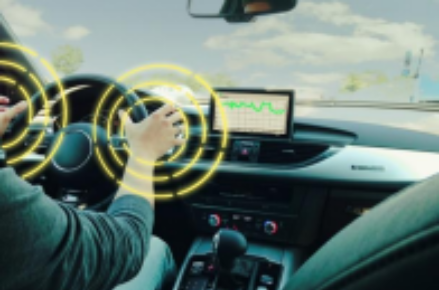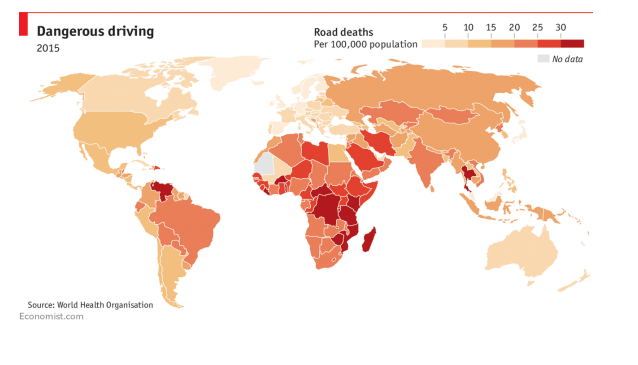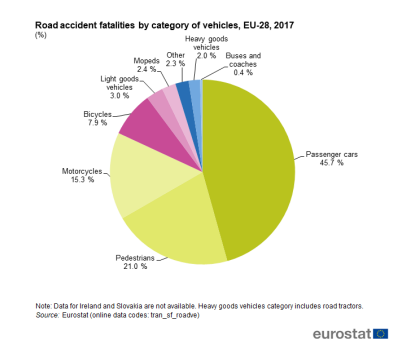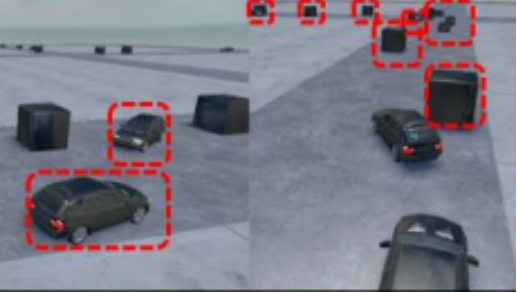
By Abid Hussain
We have been observing the race of the auto majors to dominate the electric vehicle (EV) space and their working on autonomous cars for the future. Fuel cell-powered and battery-powered vehicles will be considered to be of the same generation though the latter has taken the lead to some extent. This will prod a regional battle as which country develops charging infrastructure vs. H2 availability; similar to the diesel vs. gasoline cars.
However, a significant debate is on how well an autonomous infrastructure could be built and uniformly implemented for the developed, developing or underdeveloped nations. We cannot have the same results. However companies like Tesla, Apple and Google have shown some good models, but they seem to be feasible for the developed nations. Tesla somehow figured this out during the journey and has started to ensure a secure underground infrastructure for its plan for high speed autonomous driving experience. This would be real in much less time than an all train autonomous cars.
Also, subscription autonomous feature will be subject to mass availability, something that Tesla is giving for USD199 (INR 14,000) a month. It is not cost effective for any market as it is more like a luxury feature than a safety feature. For a global implementation there would be the bottleneck of IOT technologies and smart infrastructure. Only with these we may think of a 100% autonomous driving experience. It should also be available as a critical feature as safety belts or airbags. The feature needs to be available to all users at a low subscription rate or value factory-fitted feature.
Increasing human fatigue, undisciplined traffic conditions and human error have increased road accidents. Below is an old but much relevant world map of road accidents. Increasing population, urbanization and human fatigue are causing more human errors and with the absence of sufficient infrastructure and public transport there are incremental road accidents.
In another data from Europe, 80% of the casualties are because of passengers, pedestrians and motorcycles. This is enough to prove that a safe driving semiautonomous system is needed now along with electric cars.
Semiautonomous is the way forward

A semiautonomous driving system will use an AI-based model to read outer traffic or uncertainties like pedestrian safety (human crossing, animal) or stone from landslides. Also, a touch sensor-based car steering will read pulses and fatigue of the driver and the motion sensors the drivers’ movement. AI speech recognition can also differentiate normal conditions vs. fatigue or emergency SOS conditions. Ford has recently done some investigation on human fatigue.
All this external and internal data will be connected to a central CPU working passively and at the same time if any internal or external obstruction arrives, it takes over the driving control from the driver and shifts to active autonomous feature for a safer exit from the condition that may be a probable reason for a major accident.
With the existing AI and sensor technologies dominating the Ind 4.0 revolution, a probable accident could be prevented or minimized with a minimum loss. Auto majors are investing in developing the semiautonomous system which will be safer and universally available. We can call it Ind 4.G.
(The author is Brand Product Portfolio Leader at CNH Industrial, Mexico. Views are personal.)
(Join an in-depth discussion on connected vehicles with experts at ETAuto Connected Vehicle Summit’21)


















